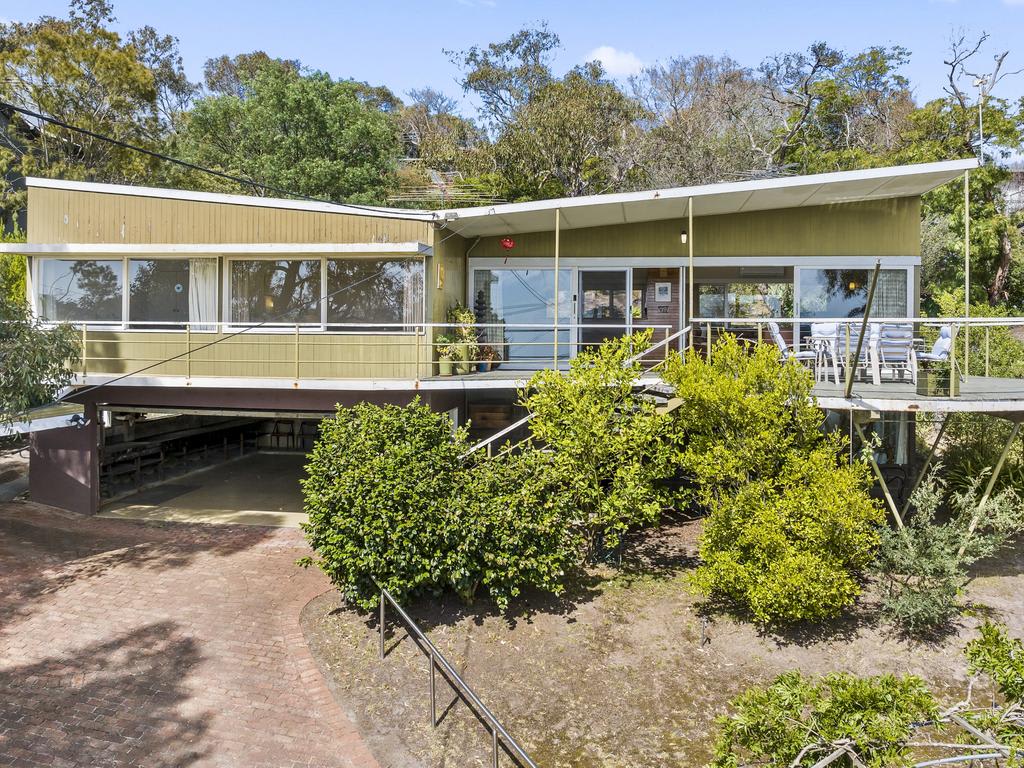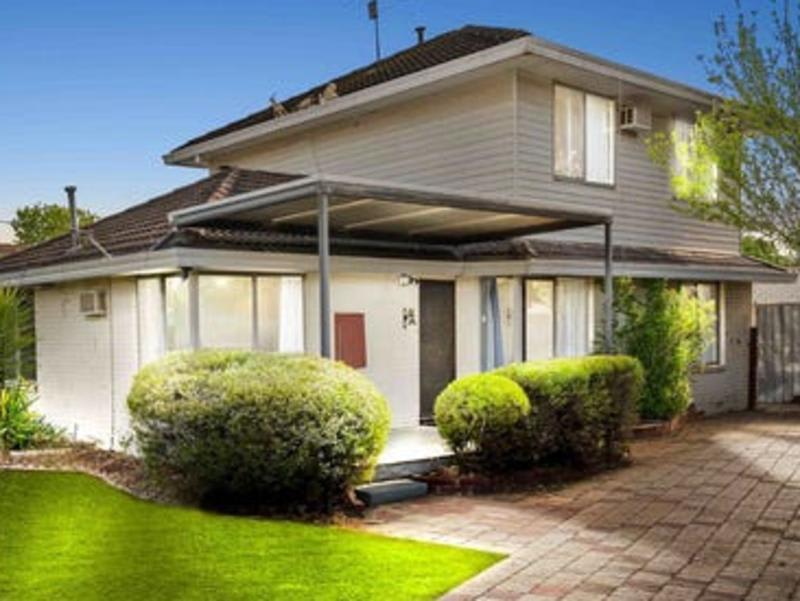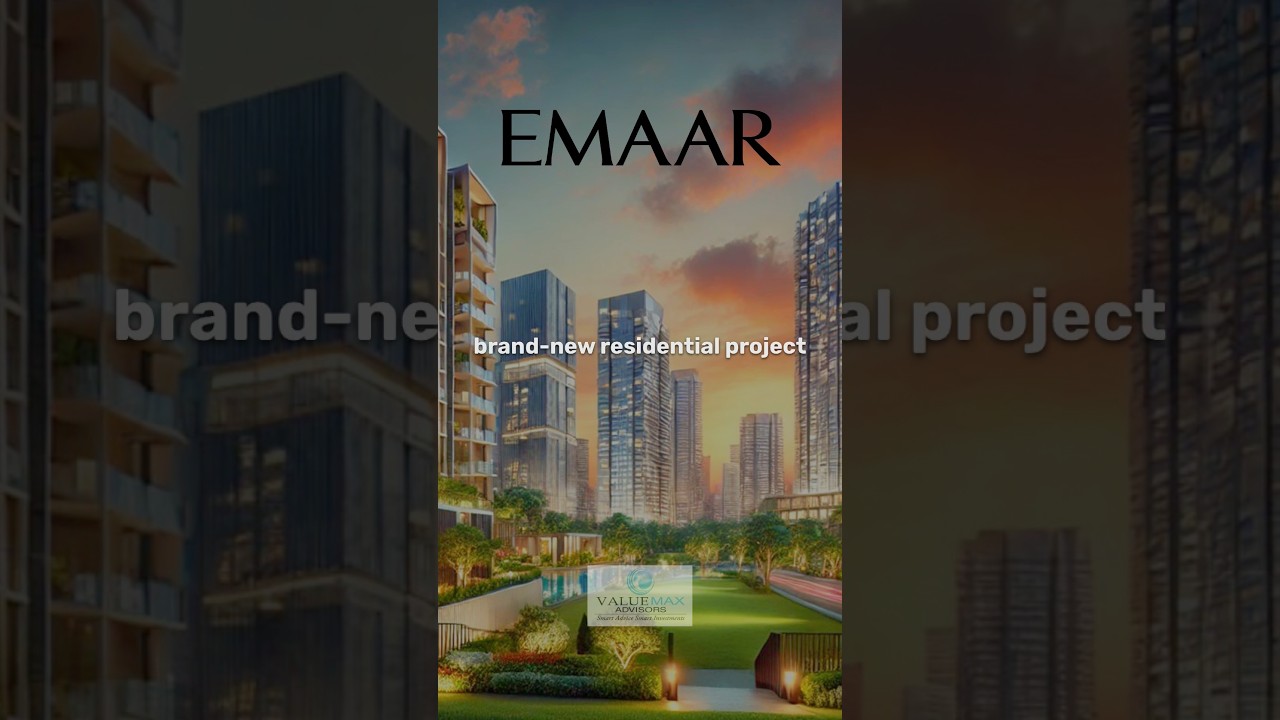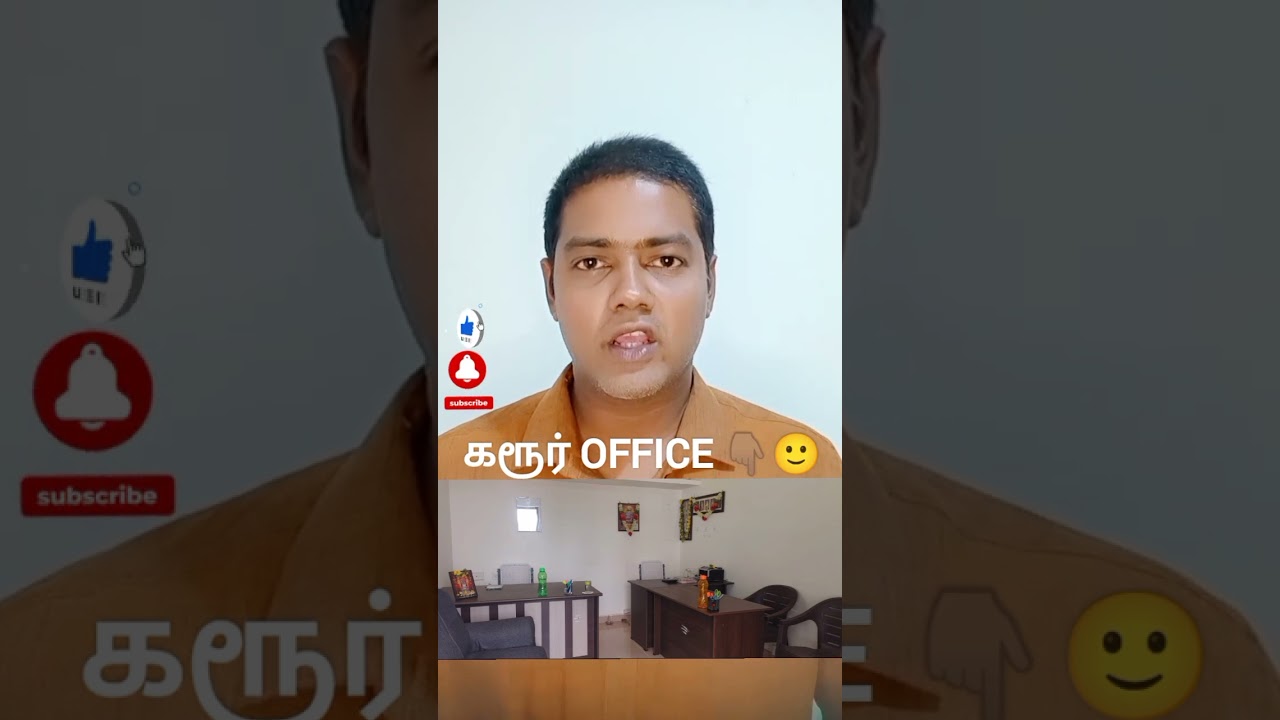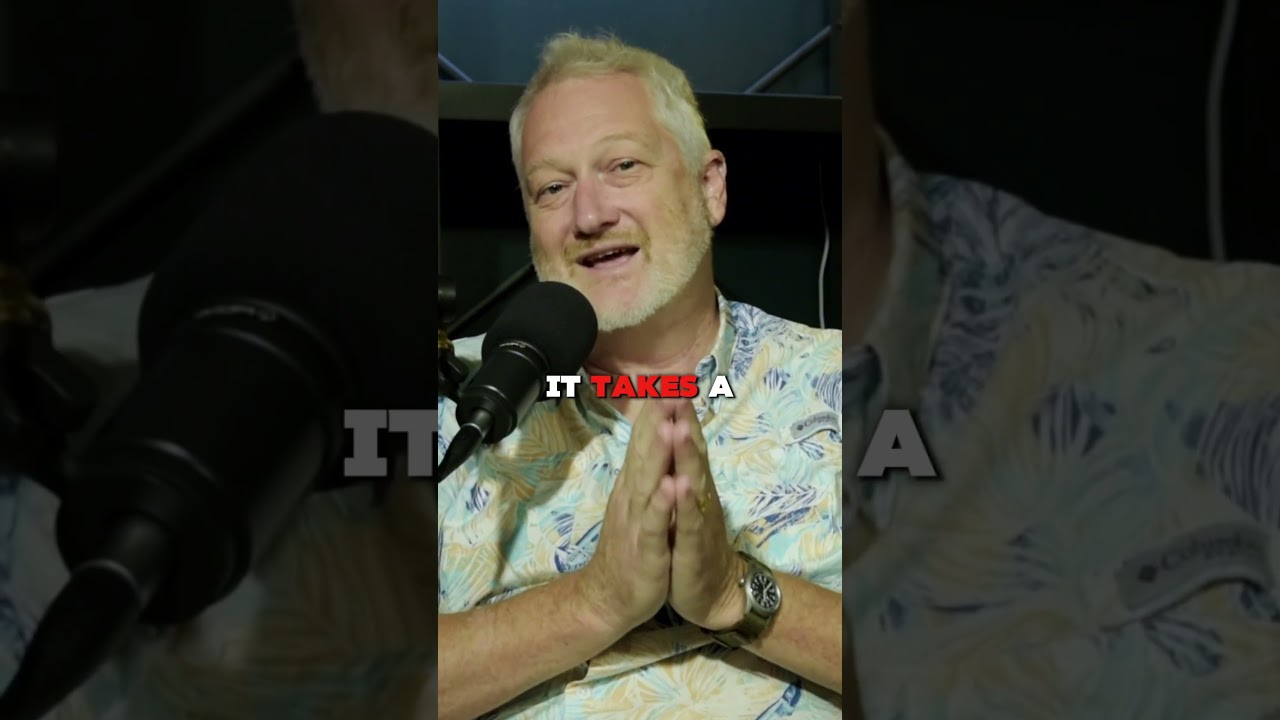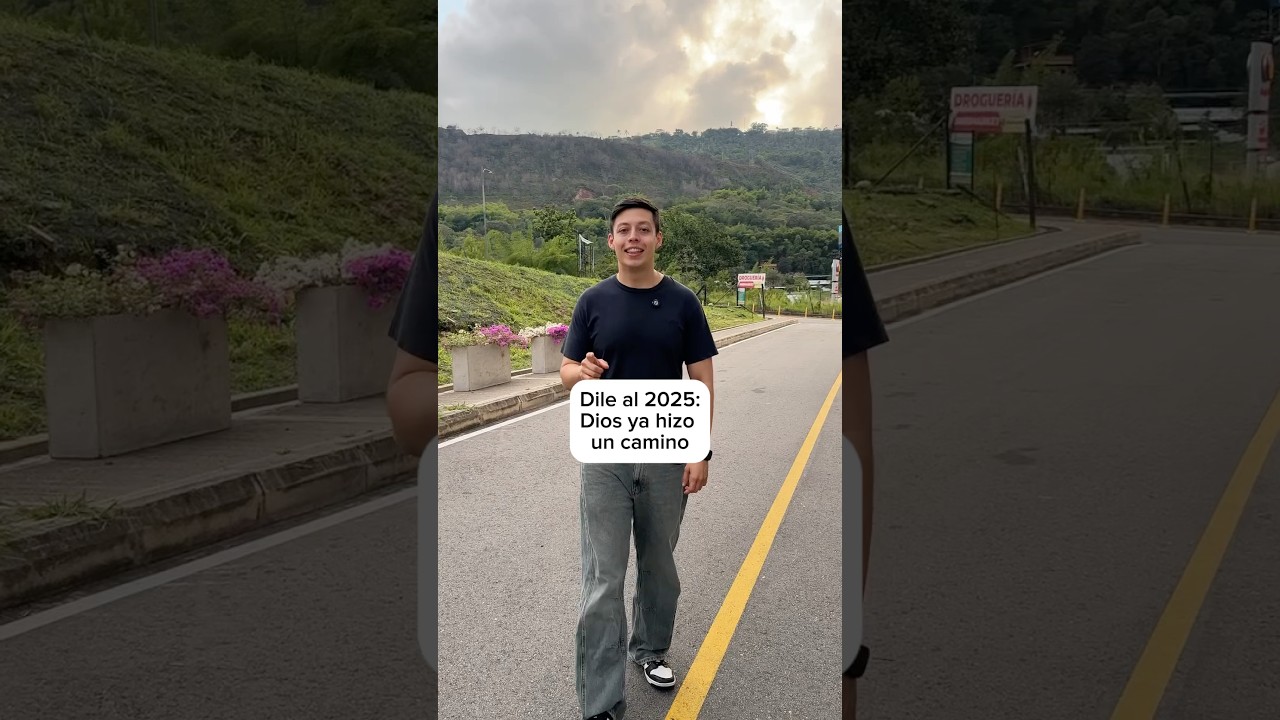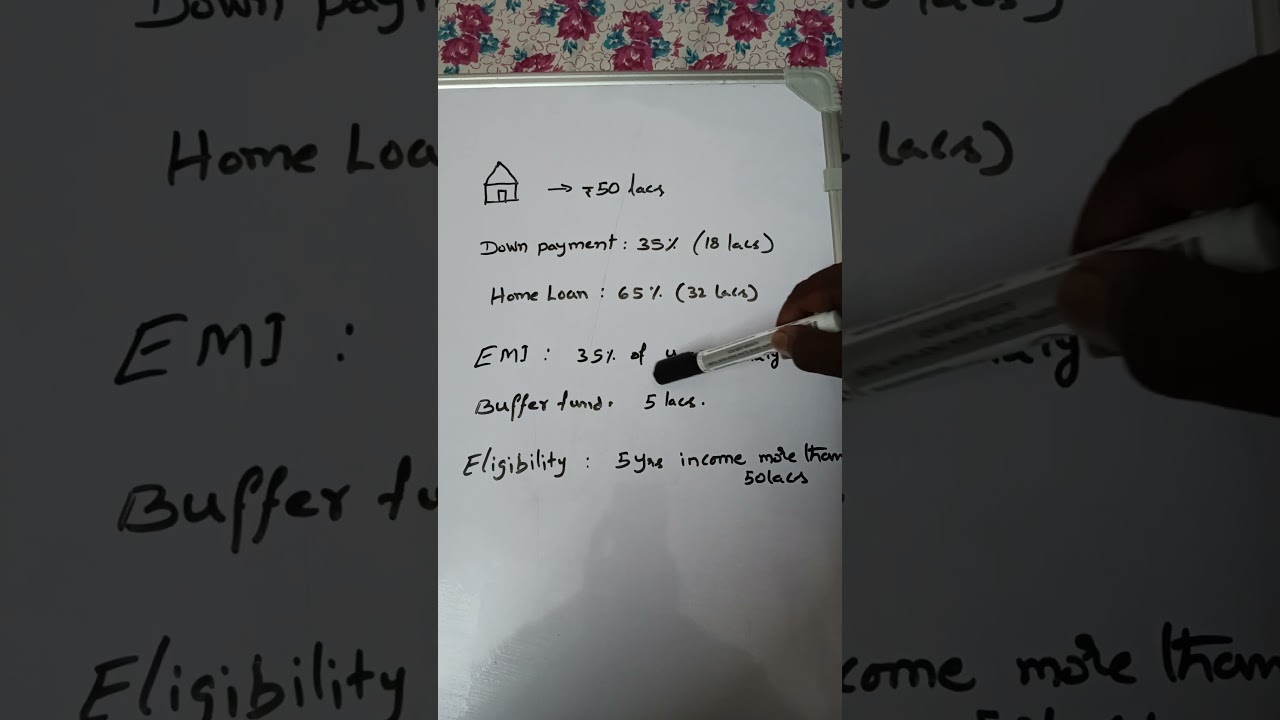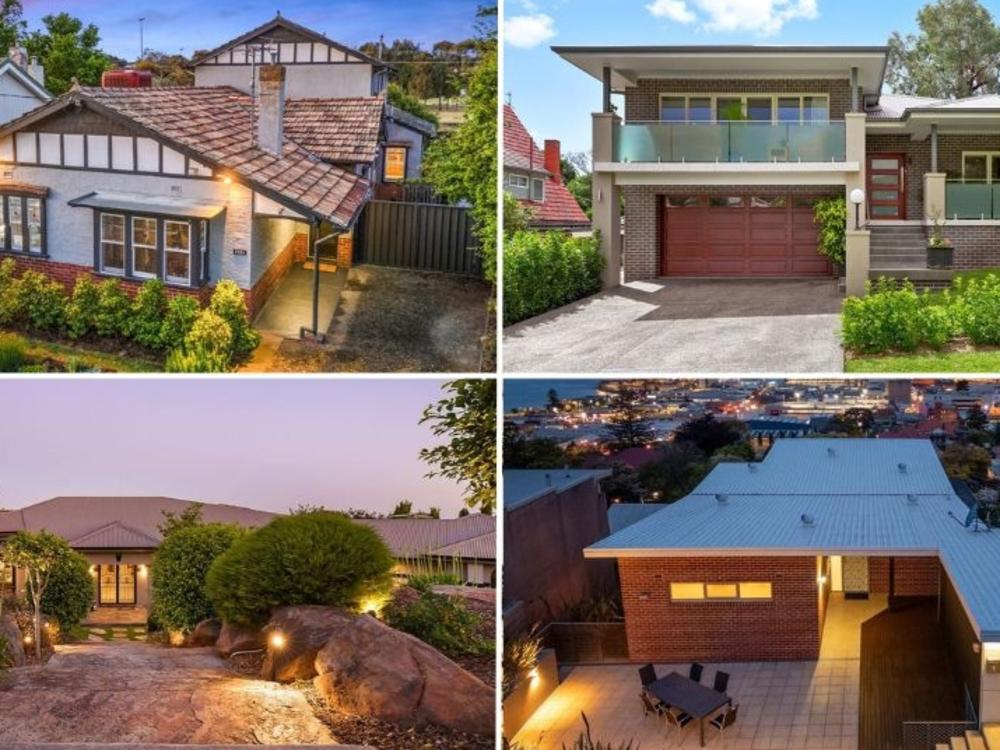
With an ever-changing housing market, some of the best places to invest are in places you might not expect.
Property market analyst Hotspotting has released research into the markets to watch in 2025, judging investor potential by locations with high affordability and housing demand.
Many of the best spots are reported to be regional locations with potential, from Tamworth to the Albury-Wodonga region.
Meanwhile, markets near the closest city at an affordable price are still in demand, such as Harris Park and Mt Barker.
Director of property market analyst Hotspotting, Terry Ryder, said home buyers needed to look for markets that had signs of future growth in order to find the best places to invest. Picture: Supplied
Hotspotting director Terry Ryder said exciting new investment opportunities often passed by before people noticed the trends.
“[People] wait until they hear reports that a location is hot and decide they want a piece of the action, but by then it’s often too late,” he said. “Prices are already inflated and it is reaching the peak of its price growth.”
Mr Ryder said it was important to find places with strong fundamentals, such as high population growth forecasts, investments in infrastructure and markets for job creation.
“As a general comment, people should not overlook the potential of units and townhouses,” he said. “More and more people are opting for units, townhouses, apartments, and that should not be overlooked.”
Based on their research, here are some of the country’s best investment locations for 2025:
170 Brisbane St, a house for sale in Tamworth. The area is one known as a ‘second-wind market’, which already had a boom and is going through a resurgence.
In housing, several suburbs are sometimes given the term ‘second-wind market’: areas that have previously shown strong growth, and are now preparing for a resurgence. Tamworth is a good example, with the market starting to rise again as more people flee the major cities.
“We’ve got people moving to the regions for an affordable lifestyle,” Mr Ryder said, adding NSW had the largest affordability crisis in the country.
Places like Tamworth have major investments such as Tamworth Global Gateway Park to grow their industry, along with energy developments worth over $10 billion.
“It’s an important regional city, it’s growing, it’s got a lot of infrastructure investment happening,” Mr Ryder said.
East Tamworth, with a median house price of $653,000, has had an annual average growth of 9 per cent per year over the past five years.
With investor yields at 4 per cent, Mr Ryder said the suburb was “an example of what Tamworth has to offer”.
2/78A Weston St, a duplex for sale in Harris Park. This location is one of the few near Sydney where people can still buy units for affordable prices.
For people looking for something closer to Sydney, Mr Ryder said people should not overlook Harris Park.
“A lot of people would turn their nose up at it, but people buy where they can afford in places with a lot of infrastructure,” he said.
While the median house price in the area is $1.393 million, the median unit price in Harris Park currently sits at $482,000. In the past 12 months, that median went up by around 11 per cent, with rents rising by 14 per cent during that same time.
“There are not many places in Sydney where you can buy places in the 400,000s,” Mr Ryder said.
The suburb also has strong economic potential, with the Parramatta Council planning to invest about $195 million in capital works during the 2025 financial year.
Other NSW hotspots include Grafton, Dubbo, Parkes, Narrabri, Glen Innes, Leeton, Lithgow and Lakemba.
253A Victoria St, a house up for sale in Ballarat East. Prices in this area have gone down over the past year, making it an opportune time for investors.
Ballarat’s role as a major regional centre makes it a big housing market in Victoria, despite home prices having decreased.
With a 10 per cent drop in median house price (now at $565,000), Mr Ryder said this gave investors a chance to swoop in while things were cheap.
“The fact that prices have dropped means there’s an opportunity to buy at an affordable price there,” he said, adding several suburbs in Ballarat have housing prices in the $400,000 range.
“That’s not easy to find anymore in major centres,” he said.
The developing West Gate Tunnel, the fast rail service to Melbourne and the $655 million redevelopment of Ballarat Base Hospital are also factors contributing to the area’s potential rise in demand.
22 Batt Ave, a home for sale in Wodonga. The Albury-Wodonga region is a big area for major businesses and their distribution centres.
Wodonga – and the larger Albury-Wodonga region – is a critical area for a several major businesses, making it a prime market to grow in the future.
Being on the border of NSW and Victoria, the spot is within driving distance of both, while still being able to reach states such as Queensland.
“It’s got a wonderful location – lots of big businesses have major distribution centres there,” Mr Ryder said.
The area will also be connected to the $31 billion Inland Rail project under construction, connecting freight trains from Victoria to Queensland.
“That’s another factor in favour of Albury-Wodonga as an affordable city with great growth prospects,” Mr Ryder said.
Other Victorian hotspots include Benalla, Wangaratta, Mildura, Frankston, Tarneit, Melbourne City, Berwick, Pakenham and Officer.
22 Powers St, a property up for sale in Bundaberg West. Mr Ryder believed the new hospital in development would increase demand in the regional suburbs of Bundaberg.
The regional city of Bundaberg already has a well-known history – but in real estate, it continues to be a promising market for new buyers.
Median house prices in Bundaberg Central have seen a big jump to $382,000, up 15 per cent over the previous year.
Meanwhile, rent has risen by 8 per cent, while vacancy rates remain incredibly low at 0.4 per cent.
Mr Ryder said housing demand was expected to rise across Bundaberg, with new jobs being created from more infrastructure being developed across the location.
“We’re always looking for markets that have something special in the mix,” he said, such as Bundaberg’s $1.2 billion dollar hospital, currently under construction.
“The impact of that … in terms of creating demand for real estate, will be quite huge.”
23 Wieden St, a house up for sale in Kingaroy. This regional location is near developments in the energy sector, and is significantly cheaper than homes in the Sunshine Coast to the east.
West of the Sunshine Coast, Kingaroy’s affordable house prices make it an attractive opportunity for investors to jump on.
“Kingaroy is a place that people might not normally consider,” Mr Ryder said.
The town’s median house price sits at around $410,000, up 9 per cent over the past year. Median asking rents went up by 10 per cent, with an investor yield of 6.4 per cent.
“Kingaroy’s property market is extremely affordable, with prices less than half of
those in Brisbane and on the Sunshine Coast,” Mr Ryder said. “That makes it an enticing prospect for first- home buyers and young families, as well as investors attracted by very low vacancies, rising rentals and strong yields.”
The local economy has invested in the renewable energy sector, and has other employment opportunities with transport and logistics divisions nearby.
Other Queensland hotspots include Gatton, Gladstone, Hervey Bay, the Coomera precinct, Redlands City, Wynnum West, Gympie and Sippy Downs.
194 Commercial St East, a property for sale in Mount Gambier. Mount Gambier is one of South Australia’s largest regional locations, but is still close by to Adelaide.
South Australia – Mount Gambier
While South Australia’s population isn’t huge outside of Adelaide, areas like Mount Gambier represent larger regional locations that still have reasonable access to the city.
“It’s a regional city with lifestyle, and also investors looking there because it’s affordable,” Mr Ryder said.
Mt Gambier’s median house price has increased by a whopping 20 per cent over the past year, now at $485,000. Buyer demand continues to increase in the area, with Adelaide overall experiencing a surge in popularity on the housing market.
“Adelaide’s had a lot of price growth in the last two years: an affordable city underpinned by that strong economy,” Mr Ryder said.
He added that the ability for more workers to operate remotely could also factor in to the rise in the location’s popularity, and that Mount Gambier was known for a more relaxed lifestyle than Adelaide proper.
139 Burnbank Wy, a house for sale in Mount Barker. This suburb is considered as a more affordable alternative to others in the Adelaide Hills.
South Australia – Mount Barker
When it comes to enviable lifestyle hotspots in South Australia, people often look to the Adelaide Hills.
“It’s a lovely place to be, the Adelaide Hills, but it’s expensive,” Mr Ryder said, noting prices for homes were often in the millions.
Mount Barker offers an alternative while remaining in the area, with its median house price at $687,000.
That price is after an 11 per cent increase in the past 12 months, with rents having risen up by 10 per cent and vacancies at one per cent.
“The market is seen as an affordable investment alternative to expensive Adelaide Hills suburbs,” Mr Ryder said.
Other SA hotspots include Murray Bridge, Port Lincoln, Port Pirie/Port Augusta, Davoren Park, Salisbury, Happy Valley, Marion and Tea Tree Gully.
1 Amelia St, a home for sale in Burnie. Burnie is by Tasmania’s largest seaport, which is expected to grow over the next 15 years.
While Mr Ryder noted regional Tasmania’s market had been poor in the last two years, its recent flatlining meant it could be a good time to look to important and growing areas.
One example of this is Burnie, where the median house price went up 22 per cent in the past 12 months, now sitting at $535,000.
“Some of our team went and visited Burnie, and it’s a bustling place, and an important regional centre,” Mr Ryder said, noting its port was Tasmania’s largest seaport, expected to expand to accommodate larger ships in the next 15 years.
He added that regional Tasmania had seen the strongest price growth throughout all of Australia across the past 20 years.
82 Rutherford Dr, a house up for sale in Brighton. Brighton is close to Hobart, but remains a more affordable location.
Some suburbs near Hobart are considered on the outer edge, where there’s debate about whether or not they’re classified as being part of greater Hobart. Brighton is one of these towns, providing an accessible alternative to the city itself.
“Hobart used to be the most affordable capital city in Australia,” Mr Ryder said. “[Brighton] offers that relative affordability, just on the fringe of the state capital.”
Its median house price sits at around $586,000, with investor yields of about 4.6 per cent. This gives investors a chance to jump on affordable homes in the area as buyers and renters look to live further and further out of the growing city.
Other Tasmania hotspots include New Norfolk, Bridgewater, Sorell and Launceston.

